Electrochemical PH3 gas sensor Introduction
Electrochemical PH3 gas sensor is a gas detection instrument based on electrochemical gas detection technology to detect phosphine gas concentration in the environment. Electrochemical PH3 gas sensor uses electrochemical principle to detect phosphine gas in the air, built-in high-precision phosphine sensor, with good selectivity, stability, built-in temperature sensor, temperature compensation. The electrochemical phosphine sensor is widely used in the production of various portable and stationary phosphine gas detection equipment and in various occasions and equipment requiring phosphine gas detection.
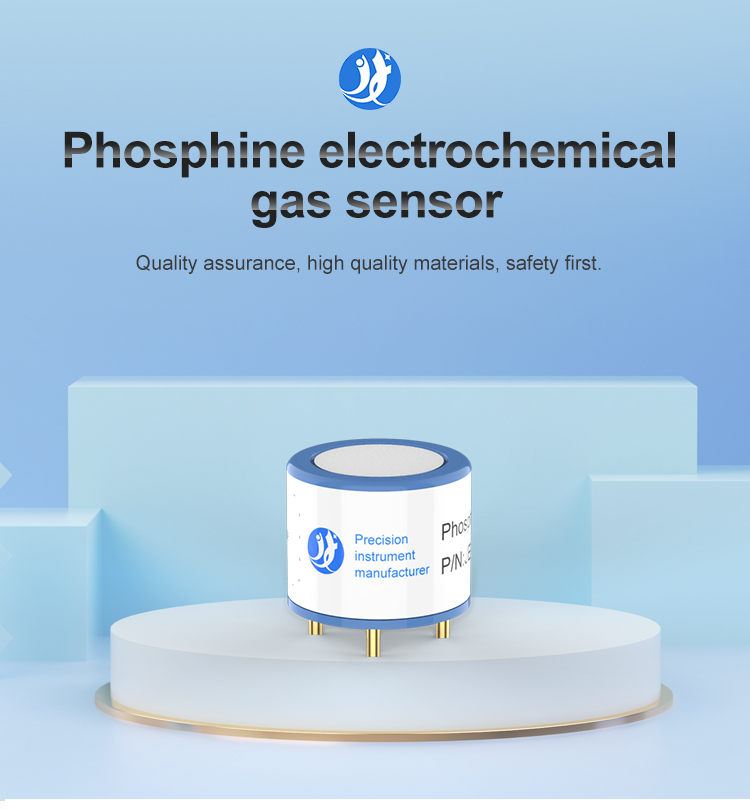
Electrochemical PH3 gas sensor Features
1. High sensitivity and resolution
Leading technology, the product enters the gas detection environment, the response speed is fast, after leaving, return to zero speed is also very fast.
2. High-performance chips
Breakthrough process, three electrode structure design product performance significantly improved.
3. Waterproof breathable membrane
High protection, easy to clean, waterproof breathable membrane effective protection from particles and water vapor; Easy to clean and repair.
4. Small size and light weight
Small size, easy to install, can be mounted on portable, fixed, pipe and other appearance sensors used.
Electrochemical PH3 gas sensor Parameters
Detection gas: phosphine
Model number: JEC-PH
Measuring range: 0-20ppm / 0-2000ppm
Sensitivity: 1.4 0.6uA/ppm / 0.07 0.06uA/ppm
Resolution: 0.1ppm / 1ppm
Detection principle: electrochemistry
Temperature range: 0-50°C
Humidity range: 0~90%RH (non-condensing)
Pressure range: 1 to 0.1 (standard atmosphere)
Shell material: ABS
Weight: 5g
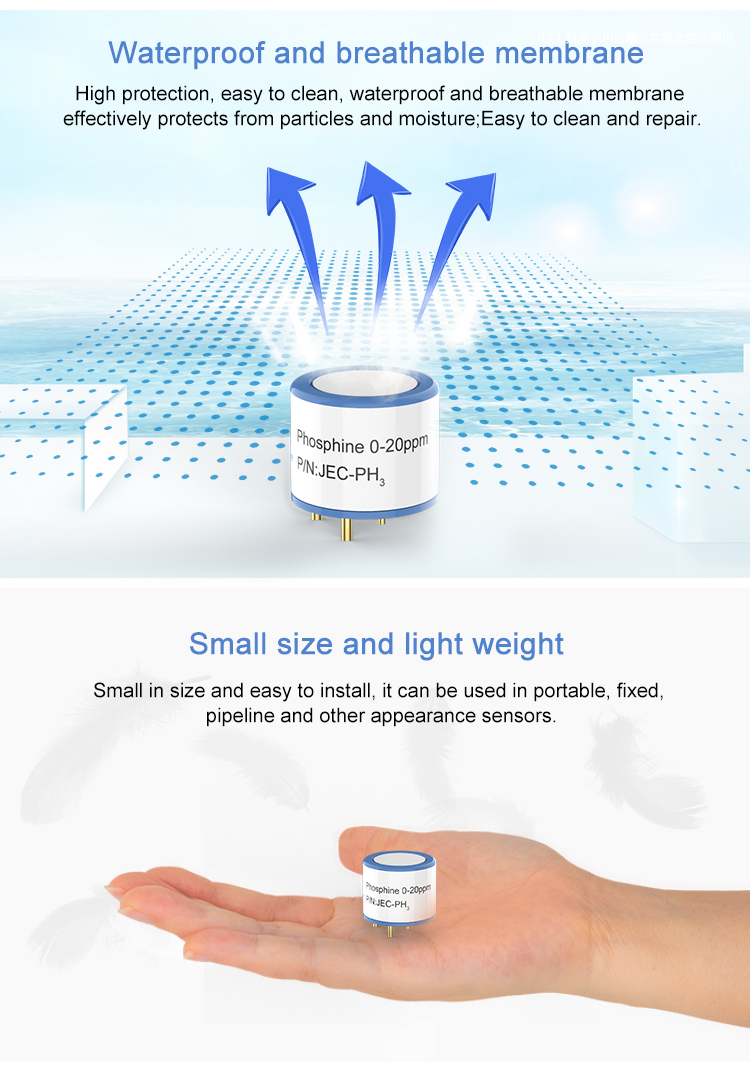
Installation instructions:
1. Please connect the electrode foot correctly, the wrong connection position will affect the normal work of the sensor; Sensors should avoid contact with organic solvents, paints, oils and high concentration gases; Do not use adhesive directly on or near the sensor to prevent breakage of the plastic casing.
2. Target gas is recommended for calibration. If cross-sensitive gas is used for calibration, the accuracy of calibration and measurement cannot be guaranteed.
3. Cross sensitivity can fluctuate by up to 30% and may vary with the production lot of the sensor and the life of the sensor.
FAQs
What is phosphine gas?
Phosphine, an inorganic compound with chemical formula PH3, is a colorless, highly toxic and flammable liquefied compressed gas stored in cylinders. Pure phosphine gas IS colorLESS and odorLESS, but when phosphine is produced from METAL phosphines it often smells of acetylene or garlic or rotten fish. If encountering trace hydrides of other phosphorus such as eophosphine, it will cause spontaneous combustion. Inhalation of phosphine can affect the heart, respiratory system, kidneys, stomach, nervous system and liver.
What is phosphine gas sensor?
Phosphine sensor is suitable for all kinds of environment and special environment in the volatile organic phosphine gas concentration and leakage, online detection and field sound and light report The instrument adopts imported electrochemical sensor and microcontroller technology, which has the advantages of stable signal, high precision and good repeatability. The explosion-proof wiring mode is suitable for all kinds of dangerous places.
What are the hazards of phosphine gas?
Hazard 1: Inhalation of phosphine can affect the heart, respiratory system, kidneys, stomach, nervous system and liver. Any excessive exposure to phosphine and its by-products requires immediate medical attention.
Hazard two: phosphine is a highly toxic substance, which is mainly inhaled through the respiratory tract. Phosphine entering the body is distributed to various organs and tissues of the body through the blood, with the highest content in liver, kidney and spleen. Phosphine is metabolically broken down in the body and eventually excreted in the urine as inorganic phosphorus and phosphate. A small amount of phosphine is exhaled through the lungs in its original form.
Harm three: The toxic effect of phosphine is mainly to damage the central nervous system and liver, kidney, heart and other parenchymal organs.
Hazard four: The characteristic of phosphine poisoning is that it does not stimulate the respiratory mucosa under the condition of inhalation and directly lead to acute poisoning death.
Hazard five: long-term exposure to low concentration phosphine can lead to dizziness, headache, insomnia, weakness, nausea, loss of appetite, dry nose, hypoolfaction and other symptoms.

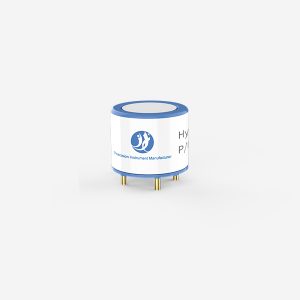
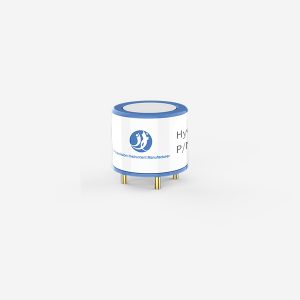
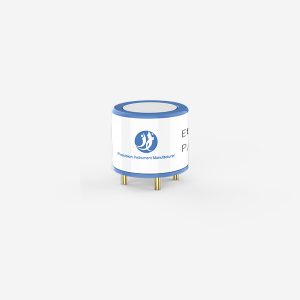
Reviews
There are no reviews yet.